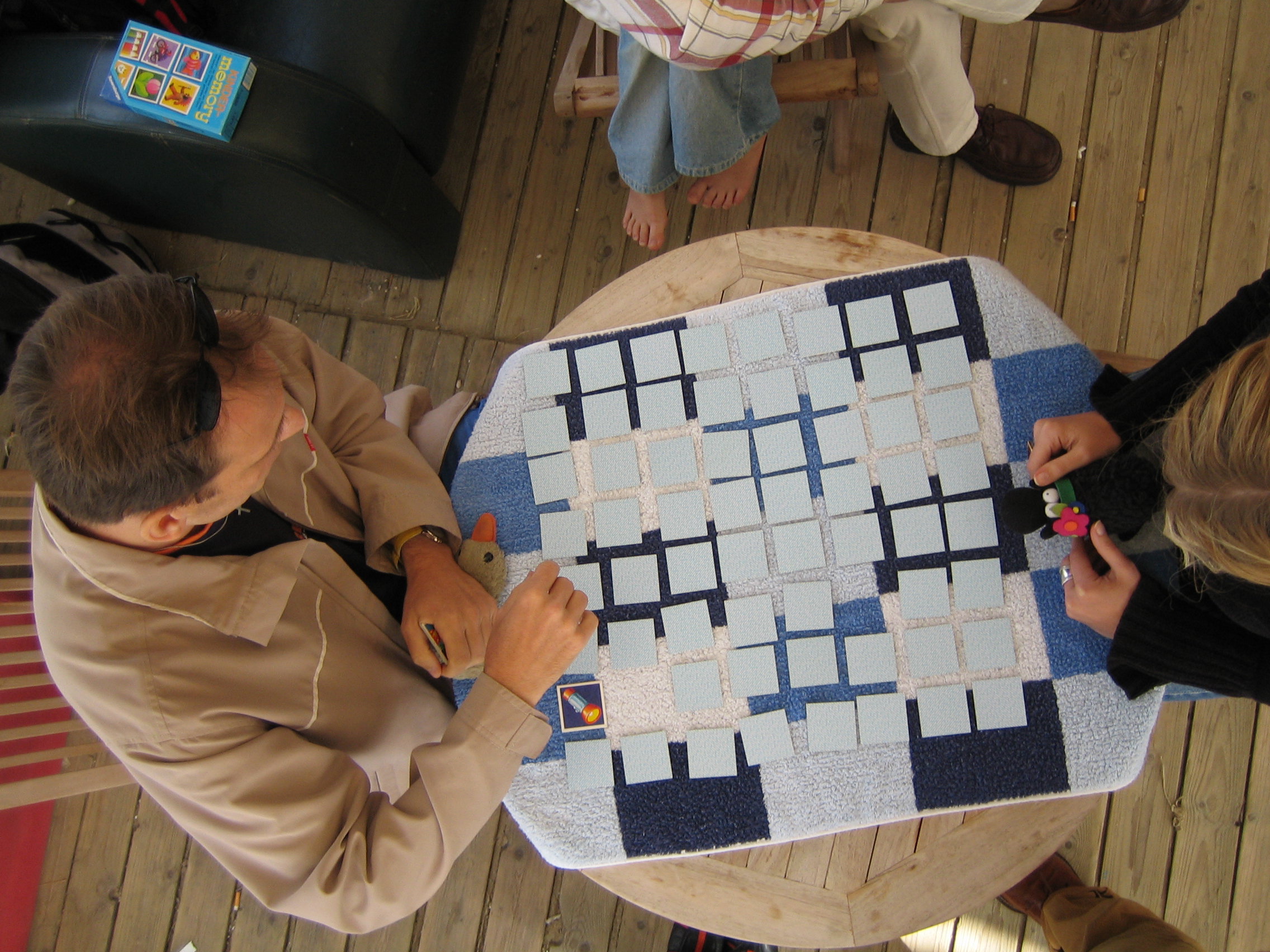You don’t have to be a born genius to memorize an endless to-do list and immediately reproduce the phone book from your smartphone. Proving with fascinating examples
In 2015, the publishing house published a simple and reliable publication – “Development of Memory. Classic Guide to Improving Memory “, which will help not only develop a phenomenal memory, but also make your imagination work to its fullest. A few workouts are enough and you will never forget anything again. We offer the best excerpts and useful tasks from the book with small comments.
How to remember long speech or text fragment
How to improve memory quickly? This question was asked by people back in antiquity, where the lion’s share of the existing mnemonic devices was developed. The realities of life were such that people did not have any means of writing at hand, and only a good memory helped the Roman and Greek orators and storytellers memorize stories and long speeches by heart.
Means to improve the memory of speakers were numerous. But perhaps the most popular method was the ancient Loci technique. The father of this technique of facilitating memorization is considered Simonides of Keossky, who lived about 500 BC. e. Loci – this is how places in houses were called in Latin. In fact, the speakers tied (or associated) a part of their speech behind each such place. The first thought was probably associated with the front door, the second with the hallway, the third with some piece of furniture in it, and so on. When the orator was required – thought after thought – to make a speech, he imagined how he entered the house. Imagining the front door, he recalled the first thesis of the speech – and so on, until the very end. Interestingly, the loci technique left a significant mark on the English language as well. Wanting to emphasize the first, main, idea, residents say in the first place (“in the first place”, or “first”).
How to remember the purchase lists and orders “without paper”
There is such an entertaining story about “how to improve memory.” The famous chess player Harry Pillsbury was known not only as an excellent player, but also as a person with a phenomenal memory. One day, two professors decided to conduct an experiment and asked Pillsbury to memorize after one reading a list of almost 30 words. The chess player played the list in forward and backward order from memory. Moreover, he remembered the list the next day. It is also amazing that right now you can also repeat his feat if you use the system of replacement words and the formation of associations, which significantly improves memory.
These words: “antipyretic”, “periosteum”, “takadiastasis”, “plasmon”, “ambrosia”, “trelkeld”, “streptococcus”, “staphylococcus”, “micrococcus”, “plasmodium”, “Mississippi”, “Philadelphia “,” Cincinnati “,” athletics “,” no war “,” Etchenberg “,” American “,” Russian “,” philosophy “,” Pitgietersrust “,” salmagundi “,” Umizillikutsi “,” Schlechtersneck “,” Maninzama ” , “Theosophy”, “catechism”, “mothersrolmops”. It is enough to build an associative array, and you will repeat the words the first time.
Getting Started: Antipyretic will remind you of the “antipyretic”. Link it with the phrase “Set a feast for the guests” (“periosteum”) and try to vividly imagine this picture. And “Set a feast for the guests” – with “such a wonderful tale” (“takadiastasis”). Someone tells the others a wonderful tale. For example, a plasma TV (“plasmon”). It turns out: “The antip-heretic gave a feast to the guests, where the plasma TV tells the others such a wonderful tale.”
We now turn to the food of the gods (“ambrosia”), from it to the skald trill (“trelkeld”), and then to striptease coca (“streptococcus”), rate of coca (“staphylococcus”), coca microscope (“micrococcus”), fashion plaza (“Plasmodium”), bowl of soup (“Mississippi”), freedom in German (Freiheit), Filatu with the elves (“Philadelphia”), zinc price tag (“Cincinnati”), athlete and Co. (“athletics”) , the slogan “No war”, leaks in the (ice) berg (Etchenberg), the phrase “And I’m finished” (“American”), the Russian hero (“Russian”), the philosopher Spinoza (“philosophy”), Pete with a guitar fair-haired guy (“Pitgietersrust”), then “Dog Alma, not gundi” (“Salmagundi”), “smart evil Tutsi” (“Umizillikutsi”), “There is slag all around, but there is no container” (“Schlechtersnek”), “Manya and Zyama “(” Manyinzama “),” something about Sophia “(” theosophy “),” katukh from the manger “(” catechism “),” Mother eats rollmops “(” mothersrolmops “).
At first, it seems that coming up with associations is very difficult. But think how much work it will take to memorize 27 such words haphazardly. Moreover, it will most likely prove to be an impossible task. Coming up with replacement words, phrases or thoughts, like linking them, is a pleasure: it forces you to strain your imagination and focus. And it really works!
How to remember long numbers and multi-signed numbers
06822229205718882 – Beautiful naked blonde jumping up and down. The problem of memorizing numbers is the most difficult of all. But it can be solved using the phonetic alphabet. It is not difficult to learn it – there is a “hint” for every number-letter pair, and if you concentrate, you will probably remember this list after the first reading.
What is the idea: There are ten numbers (1, 2, 3, 4, 5, 6, 7, 8, 9, and 0), and there are also ten basic consonants. It remains to make pairs of them. Pay attention to the “hints”. They look a little silly, but will help you memorize the phonetic alphabet in minutes. Example: the number 1 is the sound “t”. The “hint” that you will be using for a very short time is this: the block letter “t” contains one vertical bar. Think about this for a second. So this is how our alphabet looks like. 1 = t. The block letter “t” contains one vertical bar. 2 = n. The block letter “n” contains two vertical bars. 3 = w. The letter “w” contains three vertical bars. 4 = h. The word “four” begins with the sound “h”, and the tracing “h” repeats “4”. 5 = p. The word “five” begins with the sound “p”. 6 = p. The outline of the letter “c” resembles the incomplete spelling of the number 6. 7 = d. The outline of the letter “g” is a mirror image of the number 7. 8 = c. The shape of the letter “b” resembles the shape of the number 8, and, in addition, the word “eight” begins with the sound “v”. 9 = d. The word “nine” begins with the sound “d”. 0 = k. The number resembles a circle, and this word begins with the sound “k”.
All vowels and other consonants are irrelevant. Now the task. Can you remember the multi-digit number written at the beginning of this page? However, think about it and try to remember the sentence written below it. “Beautiful naked blonde jumping up and down.” Now check the nameplate and start in order. “K” = 0, “p” and “a” – we skip, “c” = 6 and so on. Take a paper and a pencil and write down the numbers, transforming them: you will end up with 06822229205718882. The number that was placed at the beginning of the chapter. If you know the stem – in this case, the sounds – then any word will instantly turn into the only suitable number. Let’s say the number 140 = a point, a wheelbarrow, a cloud … However, here’s a task for you: “How to improve your memory: exercises.” Try to write down some multi-digit numbers and “translate” them into phrases.






